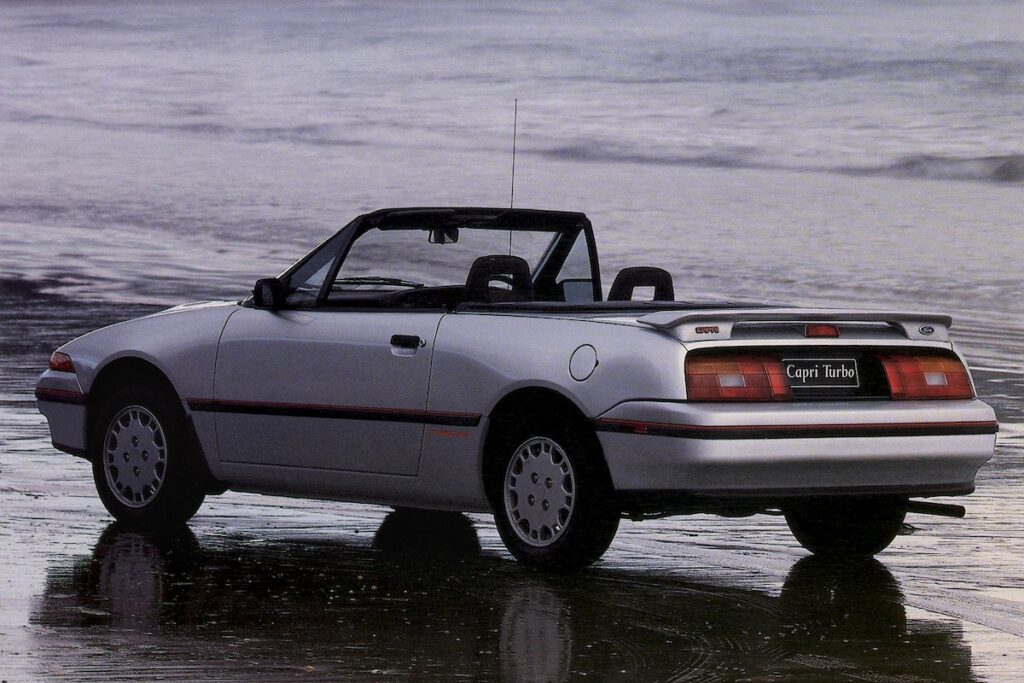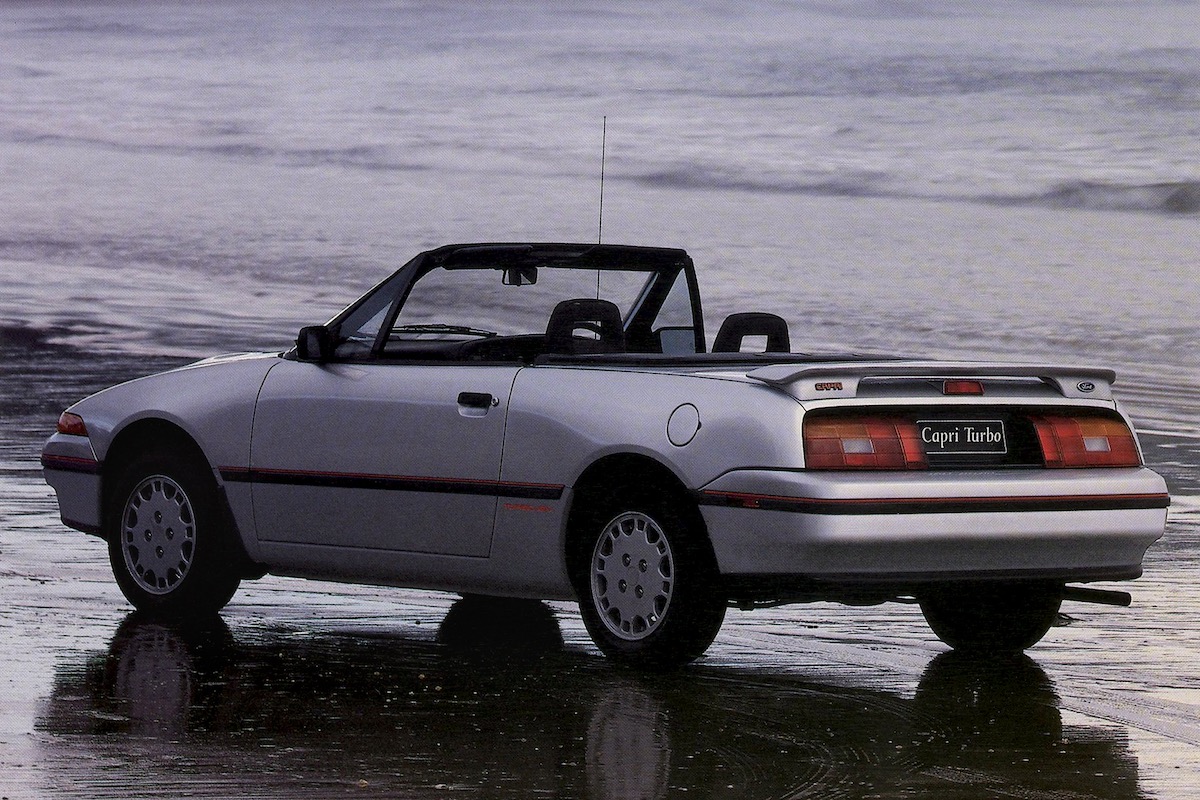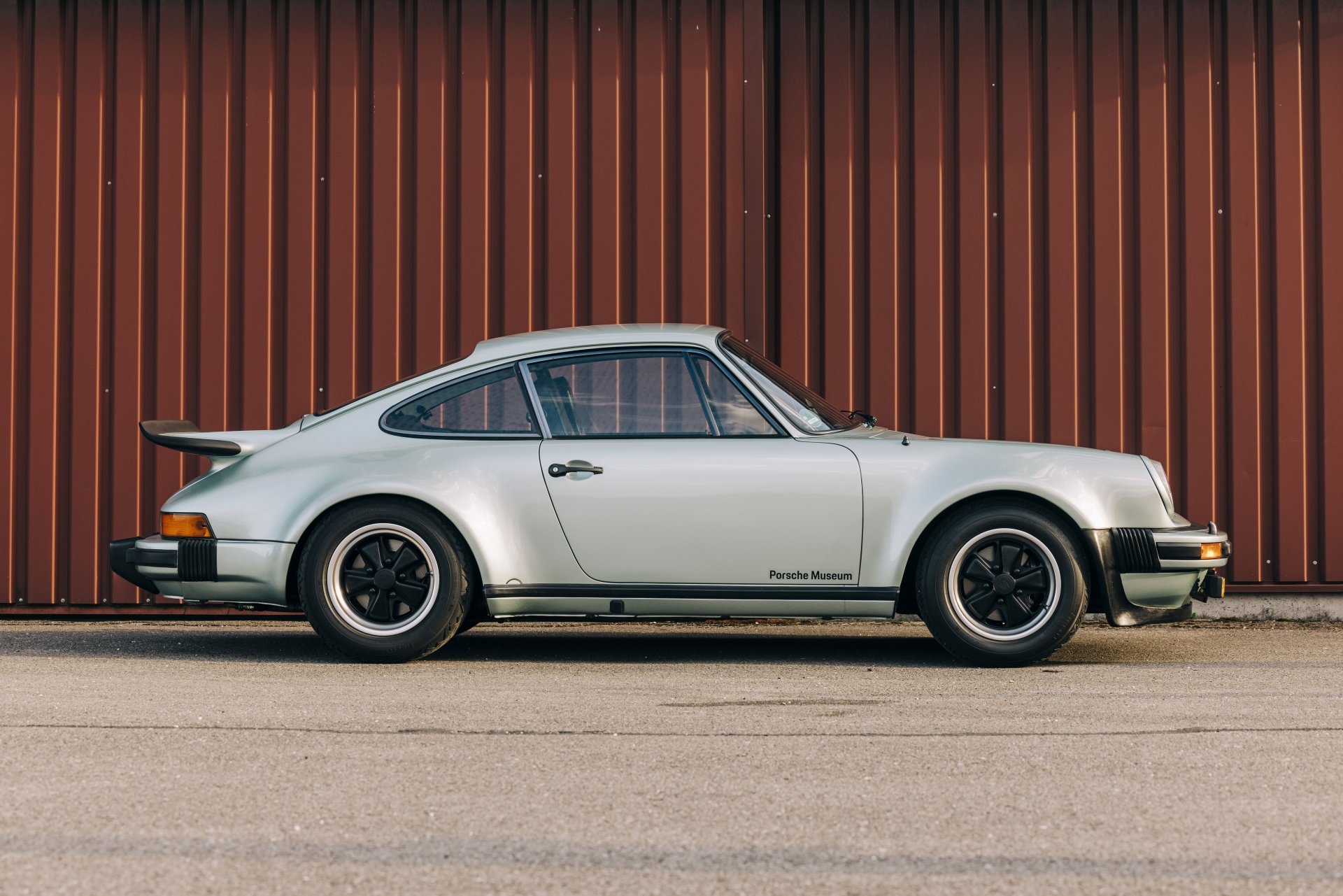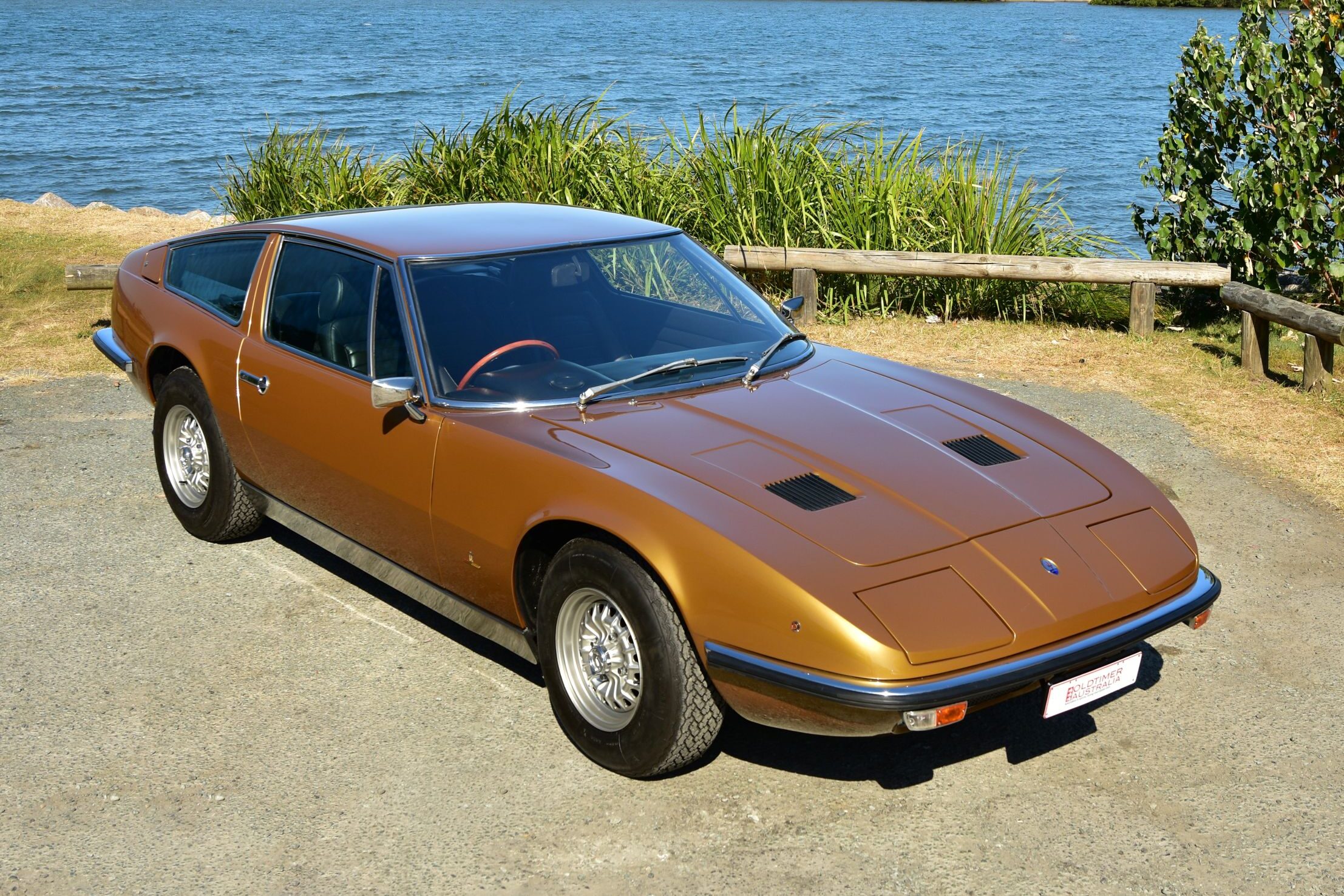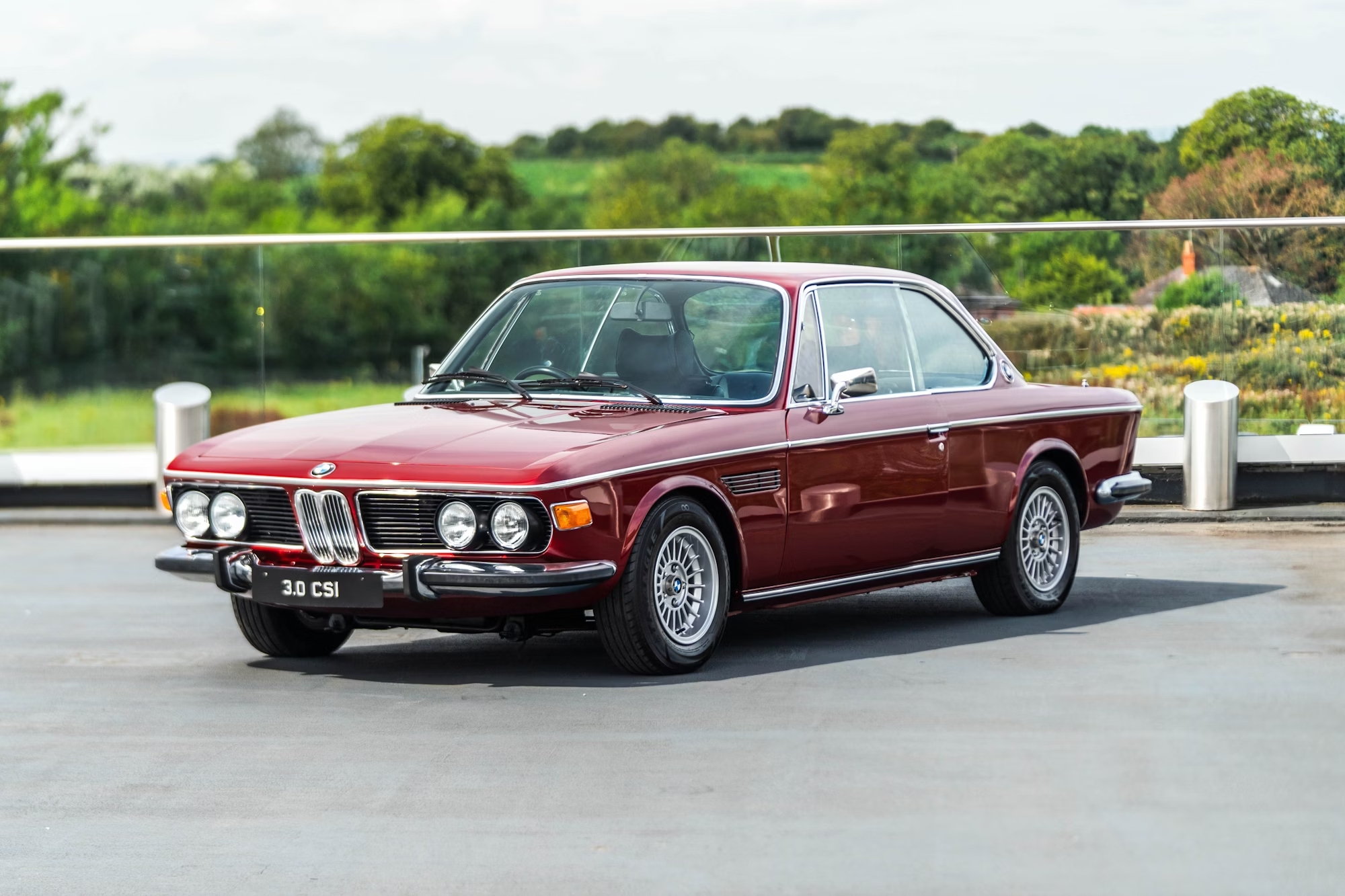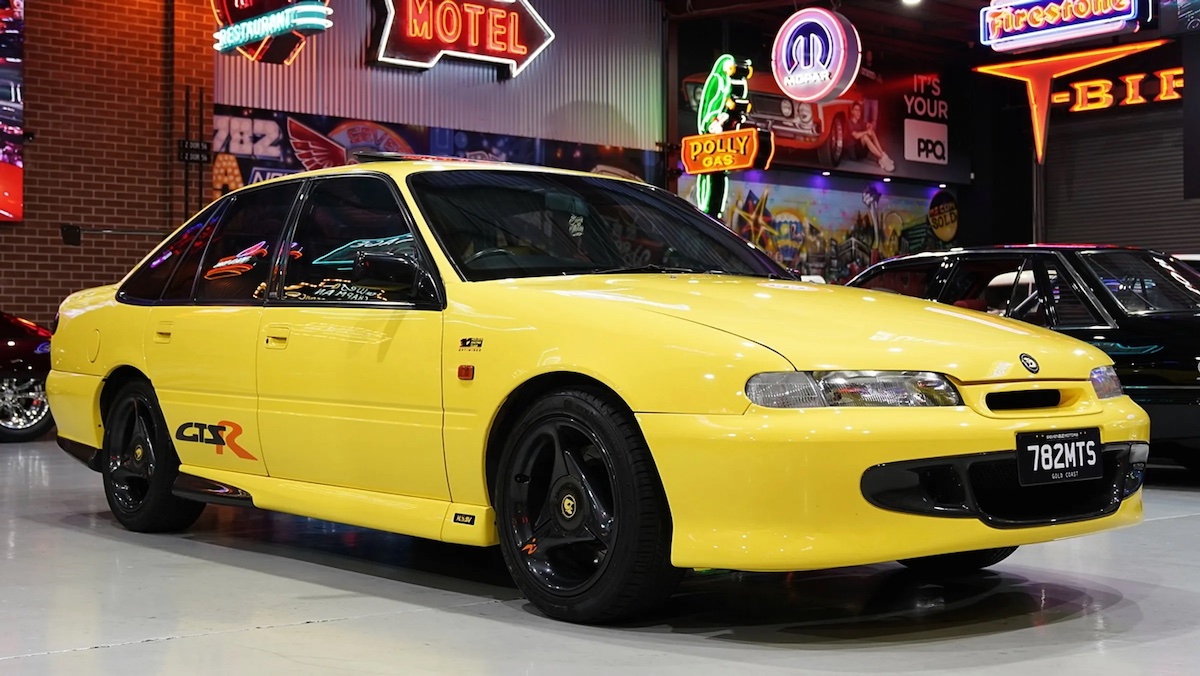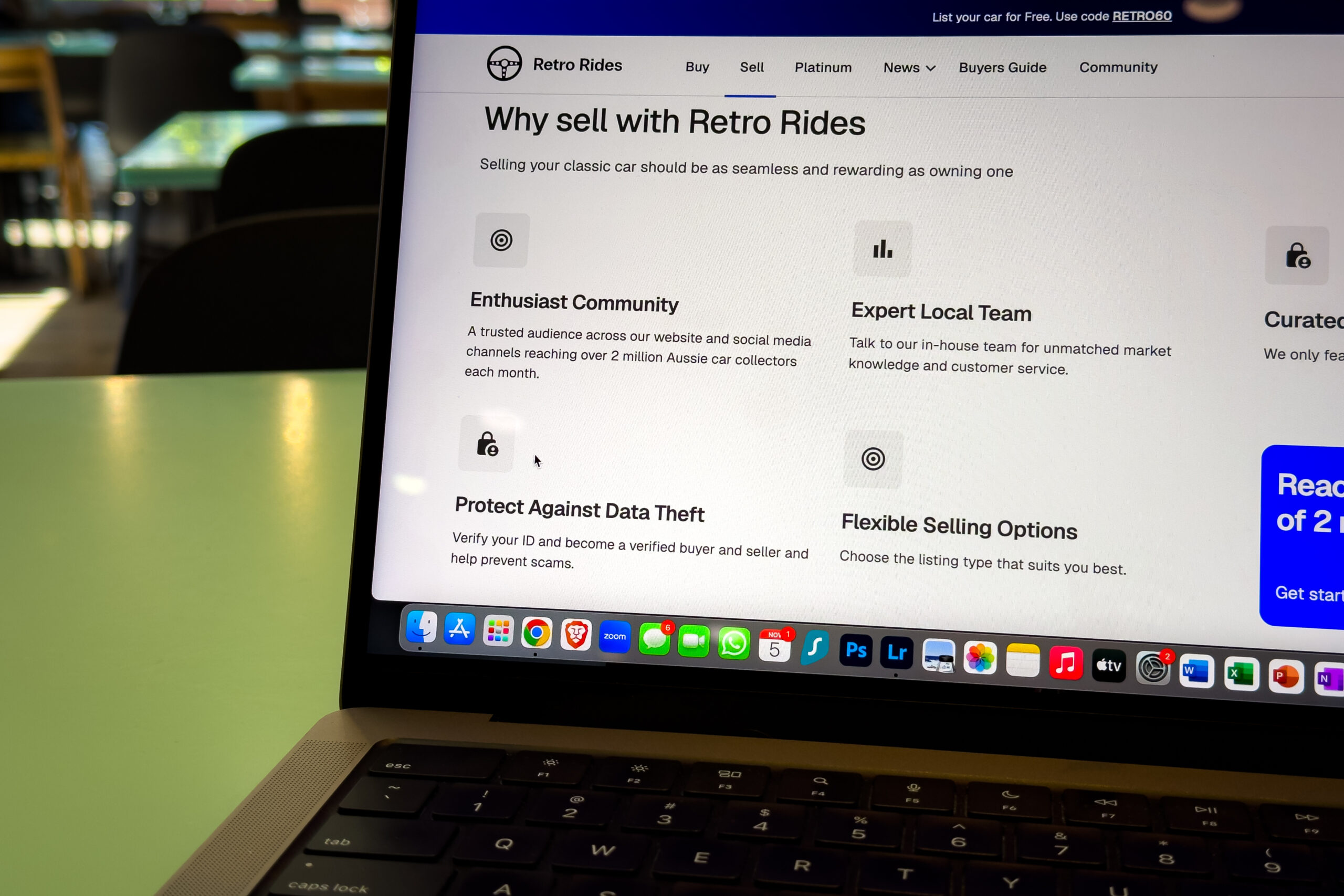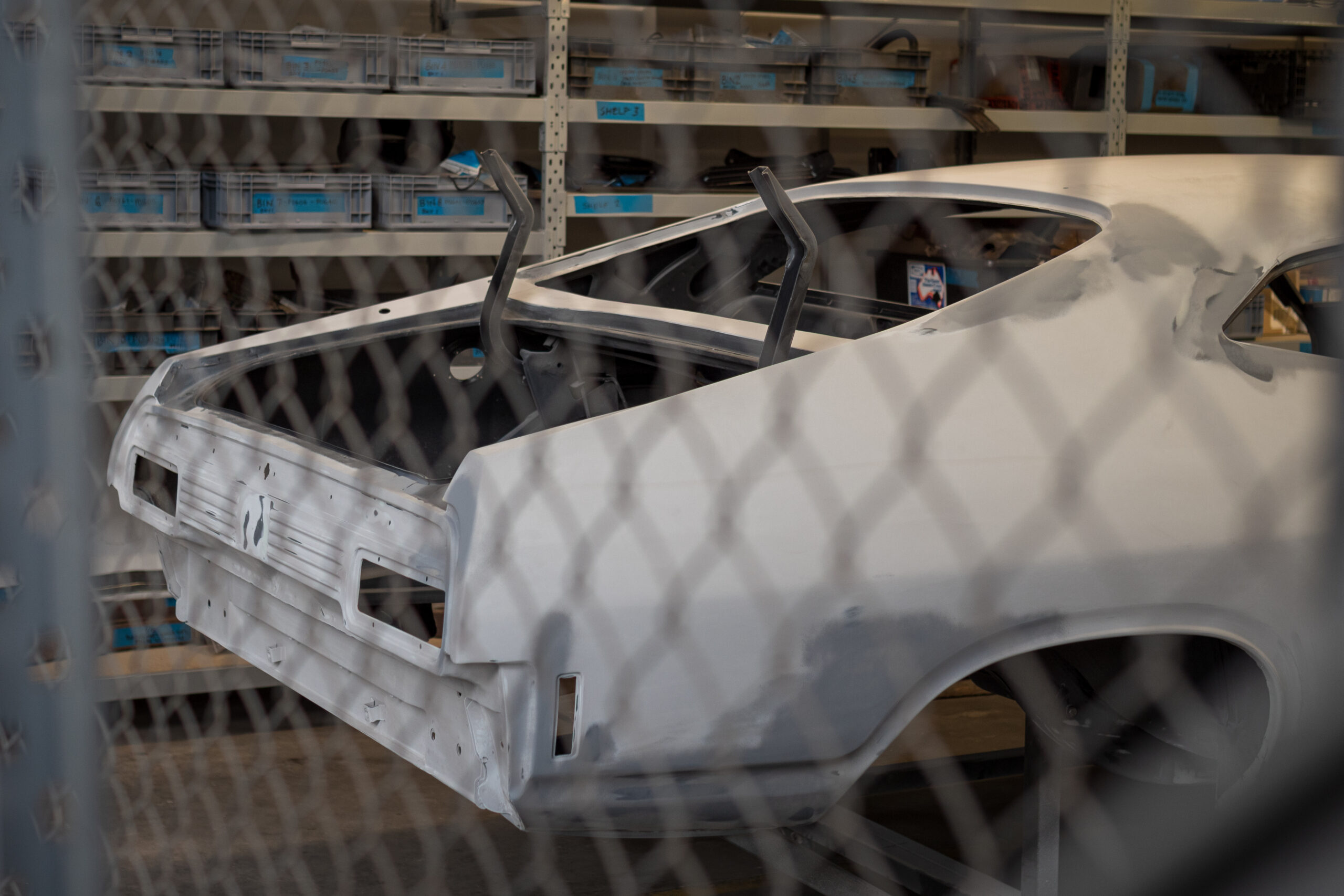TPS or ‘Tall Poppy Syndrome’ was all-too evident in 1989 when Ford Australia released its locally-manufactured Capri sports car, offering a lower cost alternative to Mazda’s also new MX-5.
In basic form the Capri cost $6000 less than the $30,000 MX-5, which was a fair chunk of change at this price point and at a time when a Big Mac would set you back a princely $2.60.
Despite its sportscar positioning, the Capri was surprisingly practical with a reasonably spacious cabin and a decent boot, plus an area behind the seats for extra luggage. Standard equipment included electric windows, air-conditioning and power steering, yet critics found plenty to criticise.
With its 61kW, 1.6-litre engine driving the front hoops the base-model Capri wasn’t a startling performer. Cars with manual transmission took 12-seconds to complete the 0-100km/h dash, while automatics were slower still.
The weight of a hardtop hurt performance even more but did help deflect criticism of a soft-top that leaked endemically.
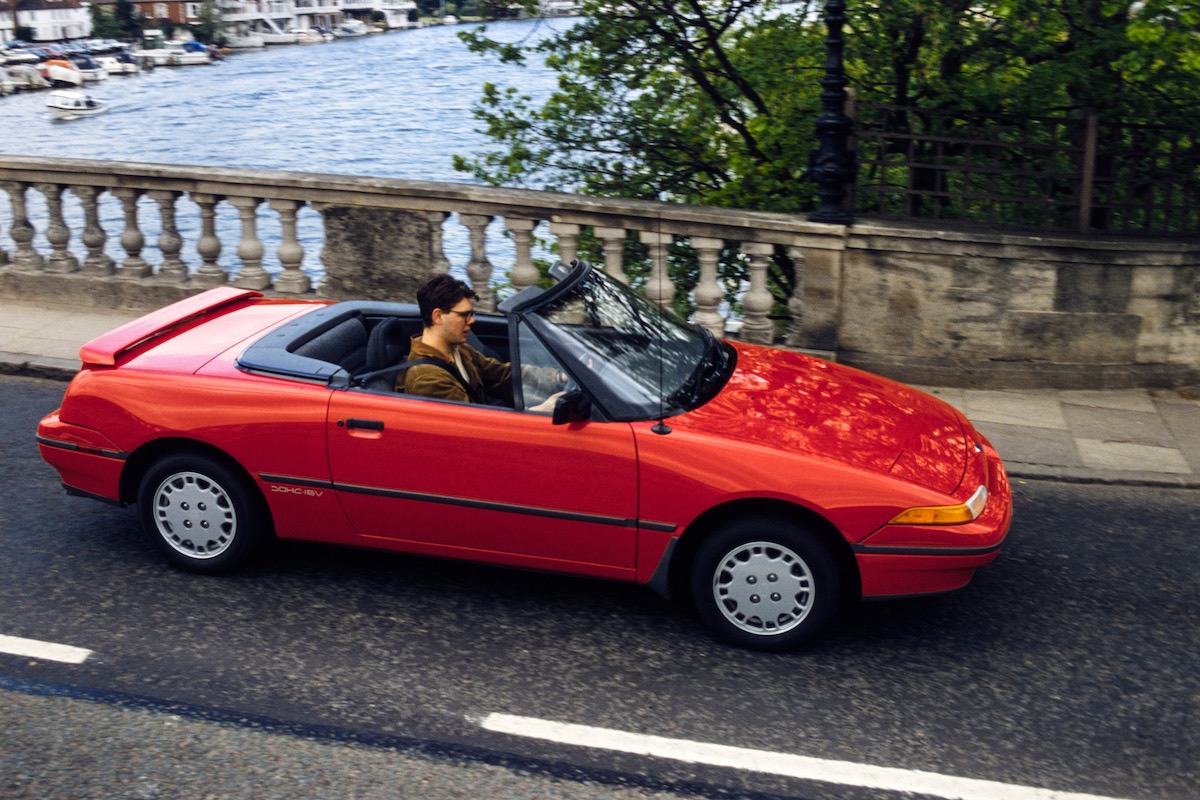
Turbocharged versions of the Mazda-sourced engine developed 100kW, outgunning by a good margin the 85kW MX-5. Accompanying the Turbo’s extra power was some errant behaviour though, including pronounced wheelspin on wet roads and torque steer that demanded a firm hand on the wheel under acceleration.
Fast forward to 1992 which brought a new and more complex range of Capris including XR2, Barchetta and Clubsprint versions with 77kW of power plus the 100kW XR2 Turbo and Clubsprint Turbo.
Most of the Capris mechanical bits were sourced from Mazda so reliability is generally good. But build quality concerns were an issue, especially those water leaks, so when inspecting one for possible purchase, be sure to lift the carpets and have a good poke around to check for rusty floor pans. The hood also needs to be unfurled and checked because if it’s seriously damaged there’s an $800 replacement cost.
Other problems include jiggling windscreen pillars – known by old-fashioned sports car enthusiasts as ‘scuttle shake’ – poor panel alignment, headlights that don’t pop-up from the bodywork as they should when switched on, trim wear and worn rear axle mountings.
Ford Capris were once the cheapest open-top cars available in our market, but even those early versions have begun to regain some value. Turbos of all types will generally be the most expensive Capris, with late model Clubsprints the rarest and ones most likely to top $20,000.
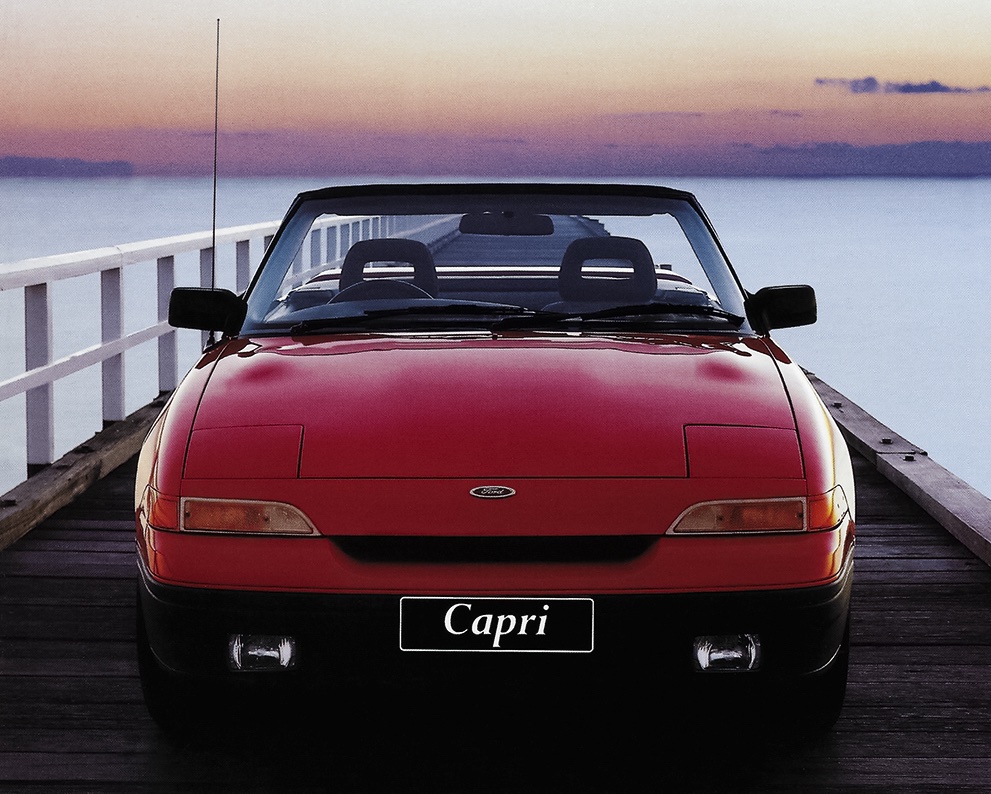
Things To Watch Out for When Buying a Used Ford Capri Convertible (1989-94)
- Damp carpets and rusty floors
- Concealed headlamps that don’t emerge
- Damaged hood material & split seams
- Worn shock absorbers
- Slipping clutch
- Noisy driveshaft Constant Velocity (CV) joints
Valuation Timeline: Ford Capri Convertible (1989-94)
-
2005$7,500
-
2010$5,200-30.67%
-
2014$5,700+9.62%
-
2019$6,200+8.77%
-
2024$15,500+150%1989-92 Capri Turbo

